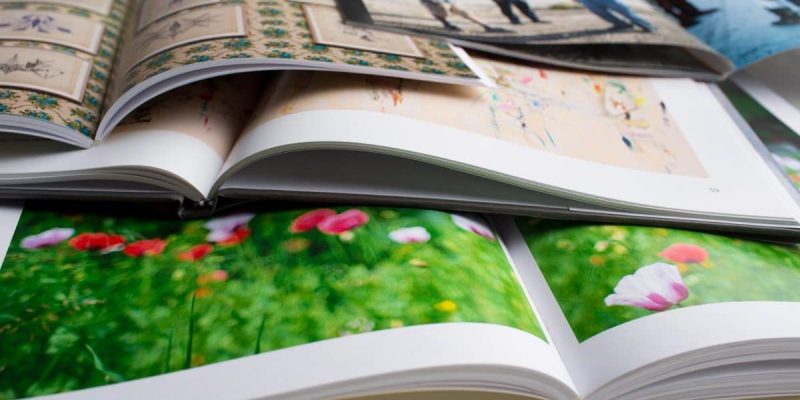When it comes to publishing a book, every detail matters—from the cover design to the binding. However, one of the most important choices authors and publishers face is selecting the right type of paper. Paper choice impacts not only how a book looks and feels but also how long it lasts. For readers, the tactile experience is just as important as the content itself. So, what paper is best for high-quality book printing?
Why Paper Choice Matters
The type of paper you choose affects several aspects of your book, including:
- Readability – Paper color, texture, and thickness influence how easy it is to read the text.
- Durability – High-quality paper prevents pages from tearing or yellowing over time.
- Aesthetic appeal – The look and feel of the paper contribute to the overall impression of the book.
- Weight – Heavier paper can make a book feel premium, but it also increases printing and shipping costs.
For professional publishing, finding the right balance between these factors is essential.
Common Paper Types for Book Printing
1. Uncoated Paper
Uncoated paper has a natural texture and is commonly used in novels, textbooks, and workbooks. It provides a matte finish that reduces glare, making it easier on the eyes during long reading sessions.
2. Coated Paper
Coated paper comes with a glossy or matte finish and is ideal for books with images, such as art catalogs, photography collections, or cookbooks. It enhances color vibrancy and sharpness.
3. Cream or Off-White Paper
This is a popular choice for novels and literary works. The warmer tone creates a softer contrast, improving readability and giving the book a classic look.
4. White Paper
Bright white paper is often used in academic books, technical manuals, and children’s books where clarity and color reproduction are important.
Paper Weight and Thickness
Paper weight, usually measured in GSM (grams per square meter), plays a key role in book quality:
- 70–90 GSM – Lightweight, often used in mass-market paperbacks.
- 90–120 GSM – Standard for novels and trade paperbacks.
- 120–170 GSM – Suitable for books with illustrations or premium editions.
- 200 GSM and above – Typically used for photo books, catalogs, or covers.
The right thickness ensures pages don’t show ink bleed-through while maintaining a professional feel.
Matching Paper to Book Type
- Novels and fiction books – Cream or off-white uncoated paper, 80–100 GSM.
- Textbooks and reference books – White uncoated paper, 90–120 GSM.
- Children’s books – White coated paper, 120–150 GSM for vivid illustrations.
- Photo books or art books – Glossy or matte coated paper, 150–200 GSM.
A Trusted Example
For authors and publishers looking for professional results, Doculand book printing provides tailored solutions with a wide selection of premium paper options. Whether you’re publishing a novel, a textbook, or a photo book, their expertise ensures your project has the perfect look, feel, and durability to impress readers.
Final Thoughts
Choosing the right paper for book printing is about balancing readability, durability, and aesthetics. From lightweight uncoated stock for novels to glossy coated sheets for image-heavy books, each option serves a different purpose. By selecting the right type and weight of paper, you not only enhance the reading experience but also give your book a professional edge that stands out.




